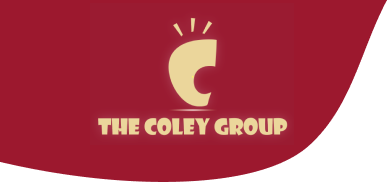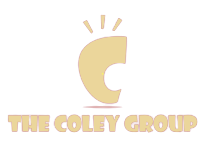When it comes to business needs, no two businesses are the same. There might be some similarities, but if you look deeper, you’ll also find that there are just as many if not more differences. Similar to businesses, there are several different types of business plans. On the surface, they might look the same. But, if you go beyond the headings and look deeper, you’ll find that their functionalities, thrusts, and the way they speak to the reader are markedly different. This happens because in many instances, there are plans … within a plan. What this means is that certain planning components are built into a business plan based solely on where a business stands, where they want to be, and, in some cases, the types of resources they’ll need to get them there. To help you gain a better understanding of this dynamic, we’ve come up with a few helpful insights.
Operational Planning
An operational business plan focuses on near-term goals, in most cases those that will be pursued within a year. It outlines the activities your business will undertake and places a heavy emphasis on budgeting and human resources that will be needed in order to achieve the stated goals. In most cases, department heads are involved in the development of this section as many of the decisions that are being made with regards to goals and objectives require their approval. An operations business plan must answer four questions:
- Where is your business now?
- Where do you want to be, (typically within the next year)?
- How can your business get there?
- What tools can be used to measure your progress?
Strategic Planning
A strategic business plan is more of a long-term document, and it focuses on how each of the departments can successfully work together. Unlike an operational business plan, the strategic business plan is a much broader document that requires senior level approvals before it can be implemented. In a strategic business plan, three questions must be answered:
- How can you achieve your goals? Remember, in your operational plan, you’ve defined where you want to be, now your strategic planning segment spells out how you’ll get there.
- What resources will you need? The resource decisions you make are directly correlated to how you plan to get there.
- What is your plan of execution? You’ve got the tools in place to measure your progress. During this portion of the plan, discuss the tools you’ll need as your plan becomes actionable.
Tactical Planning
Your tactical business planning stage is where you begin to break goals and objectives into smaller, more digestible pieces and really begin doing the hard work. Tactical plans are far more focused than any other segment. The two most important components of a tactical plan are:
- The timeline: Every business must adhere to a timeline of some sort. In the tactical planning segment, timelines are defined and set with controls also being put in place to make sure they’re followed. Examples include such things as securing 10 new clients within the first six months, hiring four new sales managers during first quarter, and things of that nature that can easily be measured.
- Resource allocations: During the strategic planning segment, you touched on the resources you projected you’ll need. During the tactical planning segment, those resources will be secured, allocated, and at some point, the success of your entire operation will be measured based on how they were used.
Contingency Planning
The hope in business and life is that you always succeed. During those times when you don’t it helps to have what’s known as a contingency plan. Contingency planning is a portion of your document that focuses different scenarios, how they might affect your business, and more importantly, how you plan to address them. In some businesses, a contingency plan can be written to address positive outcomes, but the vast majority focus primarily on potentially negative situations. When undergoing contingency planning, remember to focus on these five key things:
- Resource prioritization: Understand how your contingency planning will impact the resources you’re allocating for the business.
- Risk evaluation: Honestly assess all of the risks your business faces and the true impacts failure or success can have on your stated goals and objectives.
- Transparency: Every member who plays a role in creating this portion of your document must come forward with full transparency. Their willingness to do so will help your organization develop a plan that is representative of your business, what it could potentially be faced with, and how to best manage any challenges that might be incurred.
- Distribution: Once the contingency plan is completed, it must be distributed to and signed off by every key member of your organization. This ensures everyone is operating on the same page, with the same understanding of what’s at stake.
A business plan is a complex document with many layers, functionalities, and components. It’s a living document that just like your business, should evolve over time. If you find yourself constantly revisiting your business plan to adjust, review strategies, and resources, consider it a good thing so don’t dismiss these all-important tasks.
It might be an operational planning piece that addresses growth or a strategic planning element that focuses on resources and how they’re to be allocated. Another time, the tactical planning might need to be re-visited to document the results of an action you or a key member of your staff took at some point. Contingency planning will always come into play as planning in this way is essential to the success of your business.
Regardless of the stage of business or type of business plan writing you might find yourself needing, The Coley Group can deliver. Our team of MBA professionals have years of experience in writing all types of business plans. For more information on how we can best serve your needs, please visit us at www.coleybusinessplans.com or contact us at 817-813-1929 and a representative will be happy to serve you.


